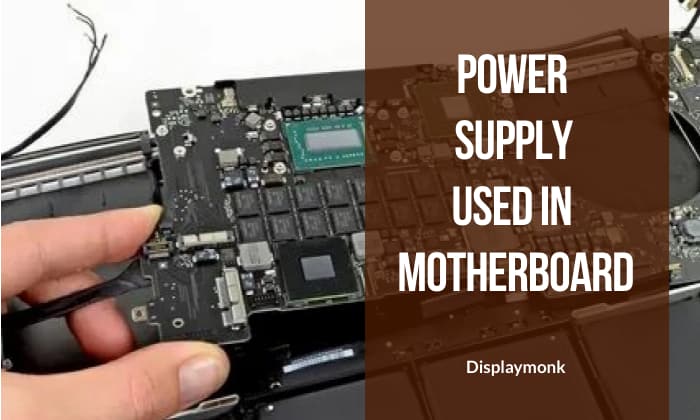Motherboard chips require normally 1.05volt, 1.5volt, 3.3volt, and 5-volt power supply. But, the Laptop Adapter Charger Repair gives 18 volts or 19 volts these volts to regulate. We can see them in the laptop chip level repair guide. Here we are going to see Regulated Power Supply In Motherboard. There are two types of regulated power supplies:
- Line regulator,
- Buck converter regulator
Linear Regulator Power Supply
Linear component is used in a linear regulator to regulate the output. An example of a linear component is Resistive Load.
Buck Converter Power Supply
A buck converter is a DC to DC power converter that steps down the voltage from its input to its output.
It is a class of switched-mode power supply typically containing at least two semiconductors and at least one energy storage element, a capacitor, coil, or the two in combination.
The circuit for the buck convertor operates by varying the amount of time in which the inductor receives energy from the source.
In the basic block diagram, the operation of the buck converter or buck regulator can be seen that the output voltage appearing across the load is sensed by the sense/error amplifier and an error voltage is generated that controls the switch.
Typically the switch is controlled by a pulse width modulator However, The switch remains longer as more current is drawn by the load.
Lastly, mostly there is a fixed frequency oscillator to drive the switching.
Typical Buck Converter
Below types of buck convertors are there in desktop and laptop motherboards.
In a buck converter, two MOSFETS use for switching voltages. One PWM chip uses to trigger these two MOSFET
alternatively.
Coil gets switching voltage as a load current. Capacitors use there to filter and store voltage.
That’s it guys, if you want to know about the basics of laptop repairing or brush up on them then you can check our basic guide for laptop repairing.
Finally, You can also check our other laptop preparing help guides.
thank you for your visit…


